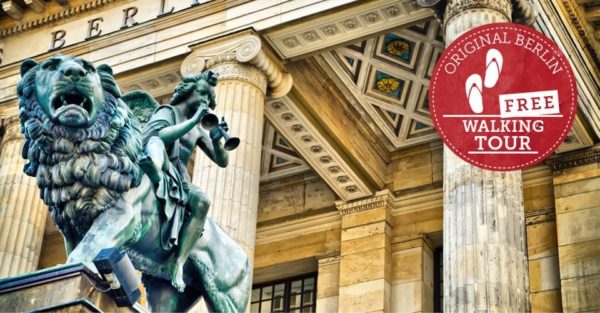Modern history is usually associated with the existence of the Berlin Wall; people often think about where it started. Was it possible for constructing the wall shorter than a day, or did it take time before the world got used to such division and it became a familiar image. I invite you to dive in and learn more about the Wall as well as the subsequent developments and the more important – disputes.
The Construction Phase
There are those who would be surprised to learn that, contrary to popular belief, the construction of the Berlin wall was not a one night affair but a process that took several months. The post war division of Berlin into fourzhsection each occupied by the Allied forces: the Americans, the British, the French, and the Soviets fueled rivalry between the west and the Soviets.
By then, hundreds of thousands of East Germans had migrated to West thus creating a problem between the Soviet Union and East Germany. In order to eliminate this problem, the government of the GDR together with the Soviet Union concluded to build a barrier to restrict people’s migration of between the East and the West Berlin.
The construction of the Berlin Wall started at night on August 12, 1961 during the time when no one would take much notice. But that was the beginning of a large and multifaceted construction that gradually unfolded over time.
The “Wire Fence”
At first the barrier was just a wire fence, constructed in a couple of weeks just to divide two parts of the city. This was a temporary wire fence that was supposed to be put up while other more permanent ones were being designed.
Barren walls and barbed wire fences
Even as the situation persisted; the temporary wire fence became replaced by more concrete structures. Over time more concrete was used in the construction of the walls and watch towers were placed at the length of the Wall to ensure no crossing was made. These guard towers made it easier for the border guards who policed the division of East and West Berlin known as ‘no man’s land’.
The Evolution of the Berlin Wall
Eventually the concrete divider was developed into an actual concrete wall and became one of the most symbolical structures of the Cold War. The Wall grew taller and became more intricate so people could not cross from East to West Berlin any more easily.
The Inner Wall
The first was followed by another parallel wall, which constituted what was identified as the inner wall. This area between the wall known as the “death strip” was surrounded with trenches, barbed wire and various anti- vehicle devices. These were measures that were designed more to ensure that no-one would try and get across the wall.
The Outer Wall
In order to strengthen the barrier, another, outer layer was built. This extra layer provided even more difficult trying to get closer to the inner wall for the persons. Additional facilities at the outer wall entailed alarms, floods, and other towers or guards.
The Fall of the Berlin Wall
For almost twenty nine years after its construction, the Berlin Wall came down on the 9th of November, in 1989. This gigantic event brought by some factors such as political pressure, protests and leadership change in East Germany.
The removal of the Berlin Wall marked the era of Cold War and was cheered all over the globe. It symbolised the bring together of East and west Germany as well as the victory of liberty over tyranny.
A Reminder of History
Now parts of THIS wall remain as a historical reference. To this end, the East Side Gallery, the remaining part of the Wall, has become an art gallery and symbol is a memorial to the people’s fight and dreams.
Conclusion
The Berlin Wall came into existence gradually and neither was it a recent structure Berlin Wall. The construction of the barrier took several months and it started off as a mere wire fence before developing into a well protected fence. The Wall symbolizes the Cold War and the human desire for liberty, and the changes and dismantling of the Wall brings out the true nature of the war.
Generally, when discussing the topic of the Berlin Wall, we learn about to the perseverance of citizens, and the effectiveness of coming together as one. Such a historical narrative of the Wall raises the question about the liberty and the idea of removing barriers for the better tomorrow.
Table of Contents

